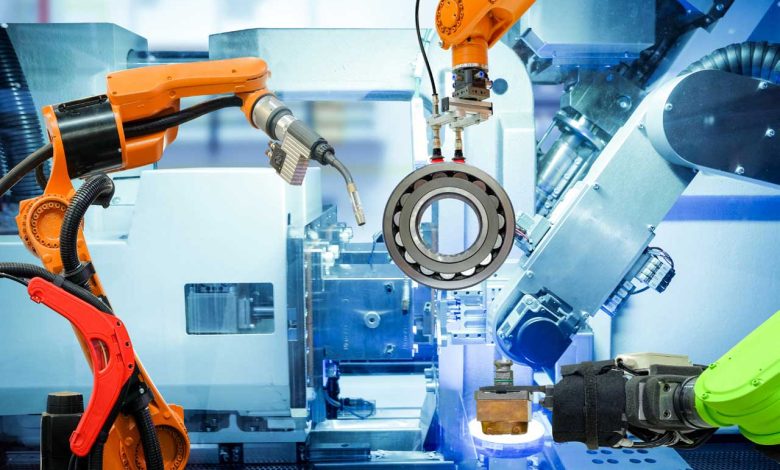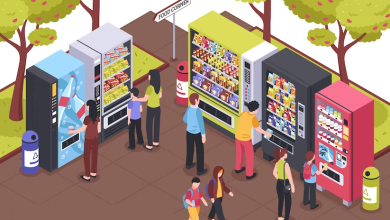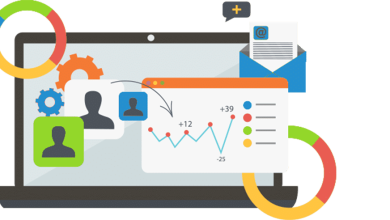What you need to know about programmable logic controller (PLC)

Definition – What is a PLC?
A programmable logic controller is a computing device used by industrial control systems. They can be used wherever control devices are needed, due to the fact that the programmable logic controller offers a flexible way for components to be connected by software, which means information is stored electronically, rather than hardwired components. The way a PLC works is based on internal procedures, which means that in order to create a PLC control circuit, it is necessary to write a program according to the needs of the system. The program is then implanted into chips. PLC is an important aspect to control and organize an industry and for industrial automation, you can learn through wonderware courses all over the internet.
Origins and History
When we talk about automation, we would have to look back at the end of the 1960s and the importance of the programmable logic controller (PLC) in the industry, being a fundamental factor in terms of automated manufacturing processes. . It was in 1968 that the automatic transmission division of General Motors issued proposals to have an electronic replacement for hardwired relay systems. Simply put, relays must be wired in a specific order for a machine to work properly. If there is a problem, everything stops working. Also, troubleshooting is not a quick process.
The solution to all this came in 1968 and it was PLC Programming . Computer control was beginning to gain attention at the time, and the winning proposal for the General Motors problem came from Bedford Associates, who had 2 on the team, a figure who would come to be considered the “father of PLC”.
PLC went on to evolve. The first PLCs were able to work with relay coils, timers, counters, input and output signals. With the evolution came the addition of analog input signals, analog output signals, floating point math, improved timers and counters, math functions, drum sequencers, and one-shots. Since their functionality was increasing, programming devices grew along with PLCs. It also seems fitting that the automotive industry is still among the largest users of PLCs, given that industry is where PLCs began. However, given their functionality, PLCs can be used in various industries. For example, the programmable logic controller can be used when it comes to having an automated wastewater system.
Functions
As long as the procedure is rational, the PLC can take care of a series of functions. Even though PLCs have been around for a while and there are other methods of getting things done. Perhaps the reason they are still used today because very easy in terms of the written program. Inexpensive and very reliable, with no mechanical failures or program crashes. There are many devices on the market today, most of them produced by foreign companies.
Today, dedicated pieces of software have been developed for the PC to help with PLC programming like the fatek plc software. Once the program is written, it is downloaded from the computer to the PLC with a special cable. In the old days, up until the mid-1990s, PLCs were programmed using special purpose programming terminals or proprietary programming panels. They often had function keys that represented the logic elements of programmable logic controller programs. As far as storage is concerned, the programs would be placed on cassette tape cartridges.
Ladder Logic
A popular form of programming is ladder logic , which is the most widely used. It features symbols (as opposed to words) to start the logic control of the relay. With the symbols interconnected by lines, representing current flow. Over the years, the number of available symbols has increased, thus increasing the level of functionality that PLCs have.
Using ladder logic, the entire program looks like a ladder (hence the name). But it’s actually meant to represent an electrical circuit. With the rails representing the positive and ground of a power supply and the rungs are the wiring between components. Other programmable logic controller programming methods are state logic or programming languages such as C and BASIC.




